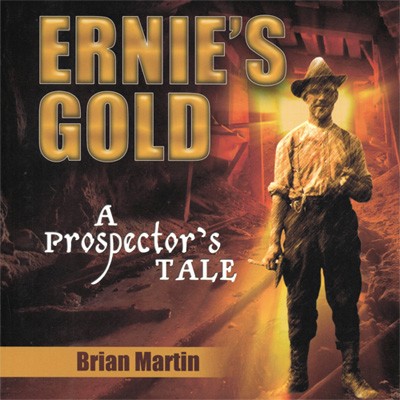Dr. David Robinson is an economist at Laurentian University in Sudbury, Canada. His column is from Sudbury Mining Solutions Journal a magazine that showcases the mining expertise of North Bay, Timmins and Sudbury. drobinson@laurentian.ca
Mining and the trade in metals shaped the ancient world. And in almost every case, the transportation system for the metal industries was the most advanced you could find at the time.
Whether it was camels moving copper to Jerusalem from mines in Edom, or Phoenician ships ferrying tin from the Tin Islands to the growing cities of the eastern Mediterranean, mining and advanced transportation have gone together like love and marriage. Transportation innovations of the 19th century shaped the mining industry of the 20th century. Without rail, for example, the vast interior deposits of iron, copper and other metals would have been far more costly to deliver to a growing global market. Cities like Sudbury simply could not exist.
The shipping needs of one modern company show the scale of the transportation services required by miners. Vale exports iron ore to China in “capesize” freighters (too large to pass through the Suez Canal) that carry up to 400,000 deadweight tons – the equivalent of 4,000 ore cars. In 2006, Vale ordered a dozen of these for $1.6 billion.

























